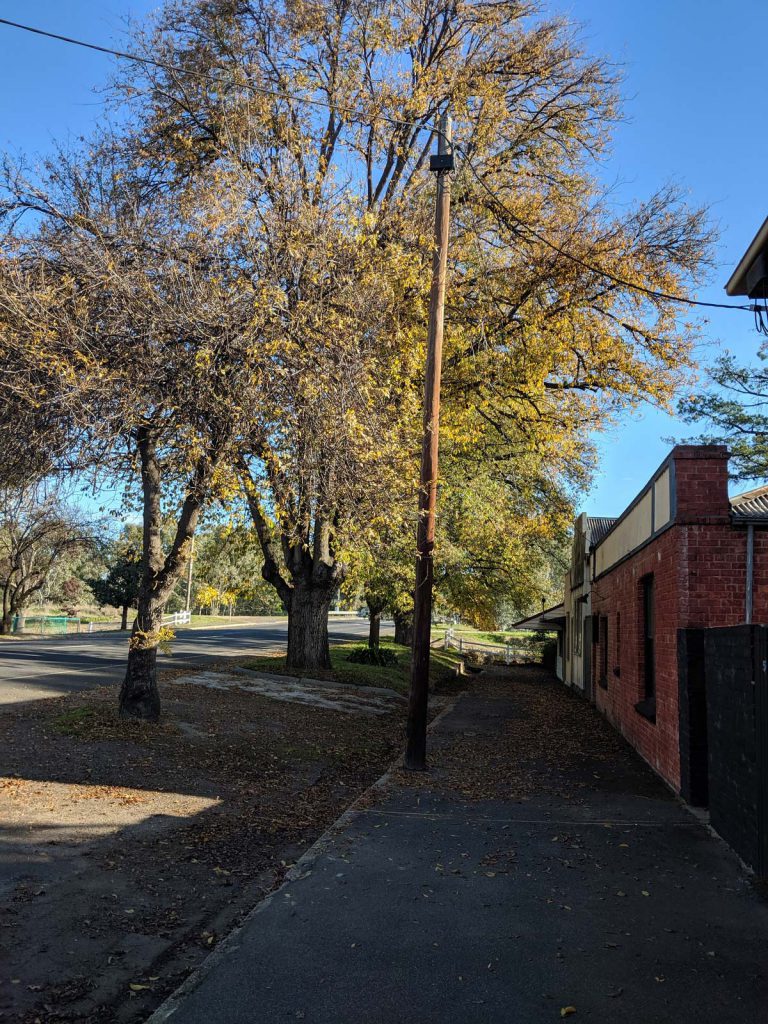How it works
The model outlined in Renewable Newstead’s business plan is for a single energy retailer (we’ve chosen Flow Power) that is also a renewable energy generator, to finance and operate the solar farm at Newstead and retail the generated energy to local consumers.
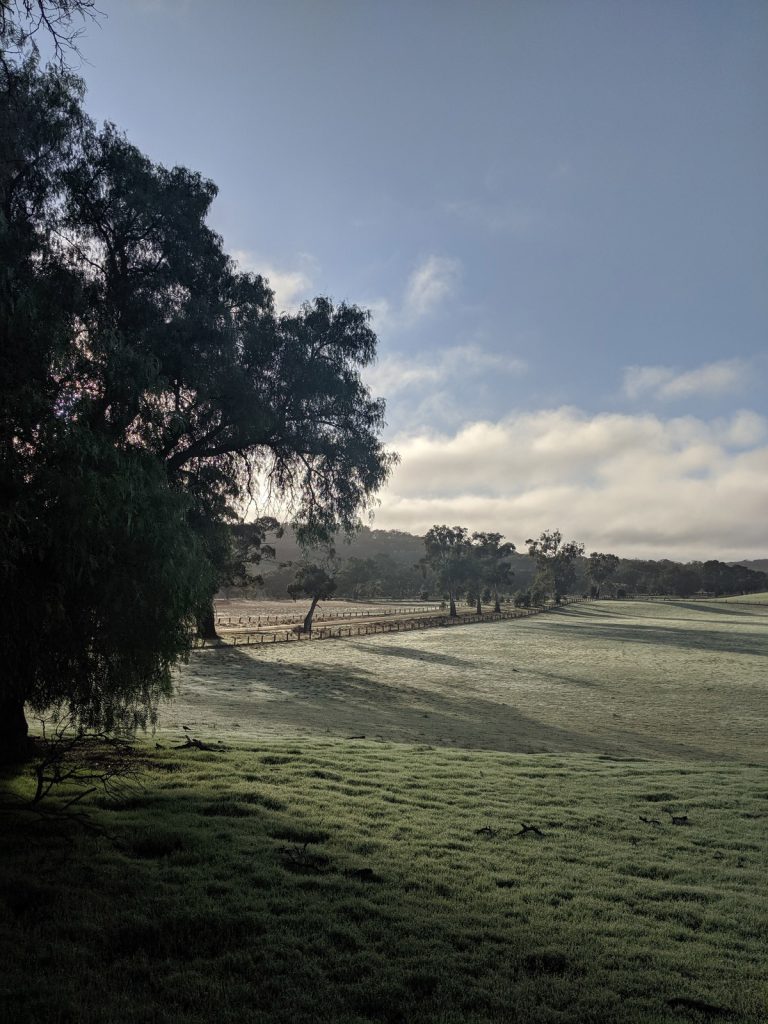
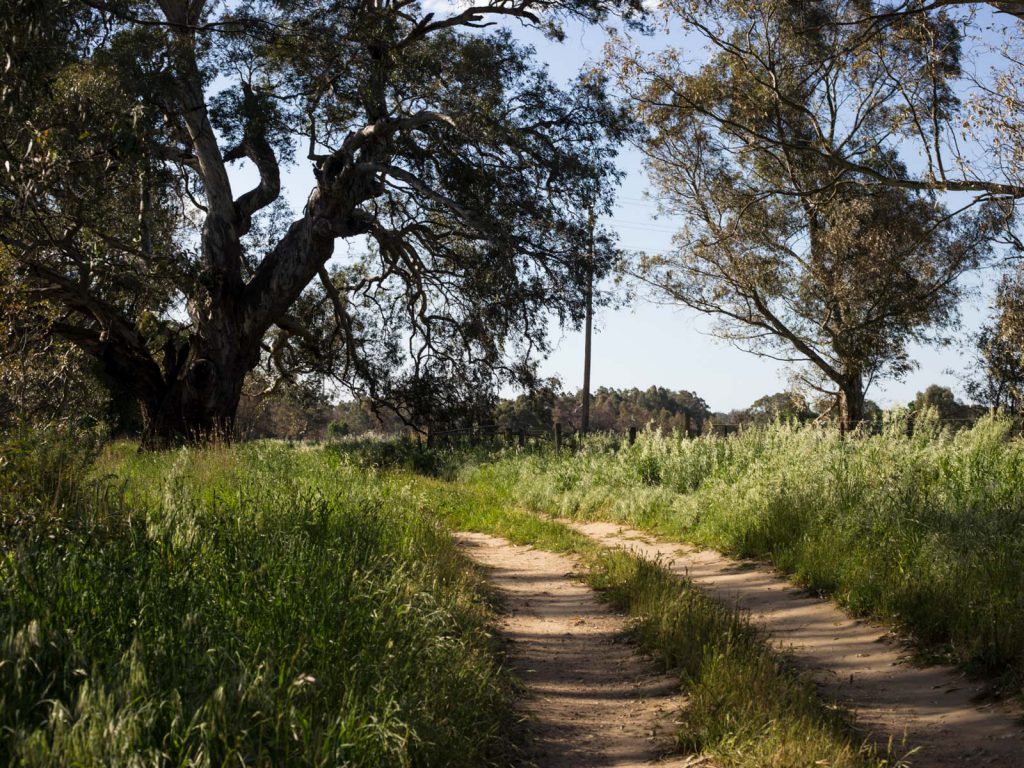
Electricity for Newstead and surrounds
Retail tariffs will be structured to reward daytime energy use as opposed to the former off-peak tariff model which was designed to match energy availability supplied by coal-fired generators. New tariffs will match energy demand to solar farm output instead.
The model is designed so that customers are able to receive 100% renewable energy at a competitive price.
Providing 100% green power
We’ve partnered with a local Australian company, Flow Power, who’ll provide customers with 100% GreenPower-accredited electricity linked to the Newstead solar farm when it comes on line and begins generating electricity from about July 2024.
Flow Power built the Newstead Energy Project and will retail its electricity. The Flow Power website will tell you about them and about buying their electricity. You can also find more information here.
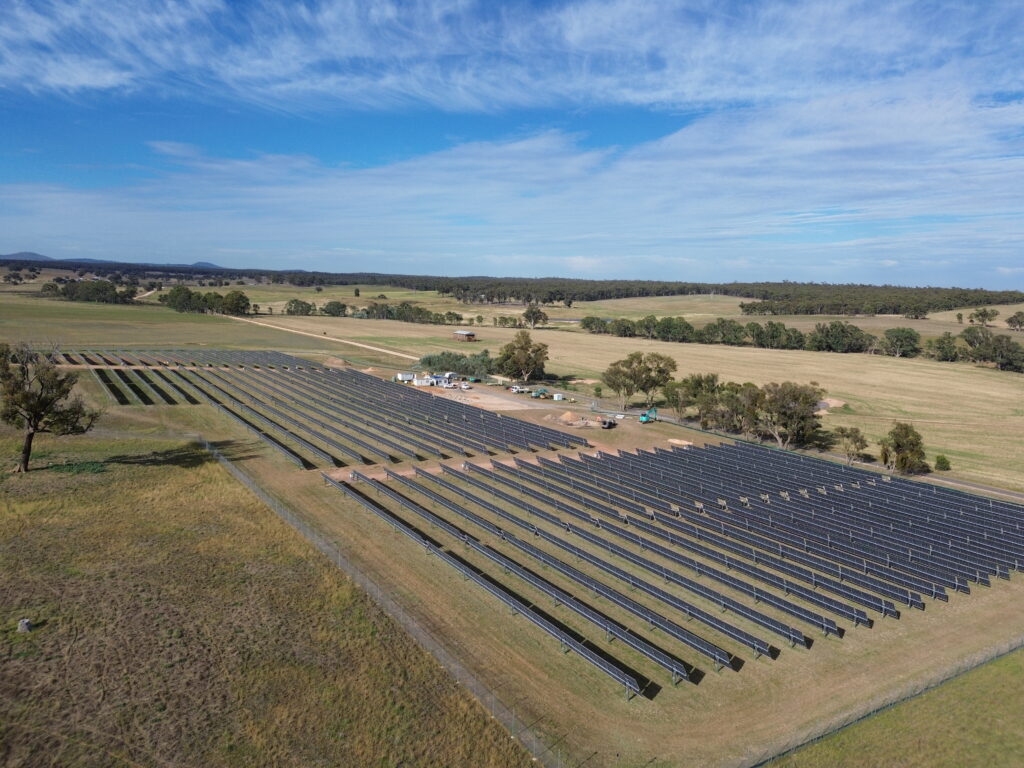
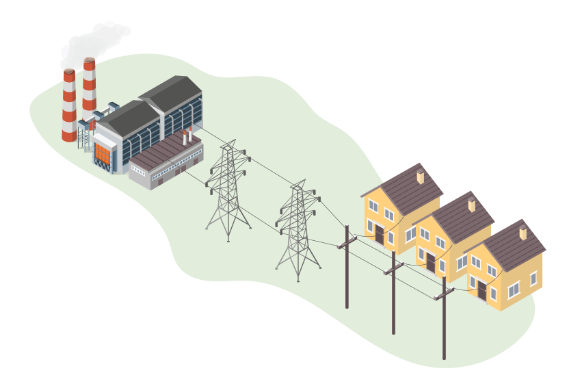
Current model
Energy comes from the grid to Newstead homes (some with solar panels) where it’s billed by various retailers charging different tariffs.
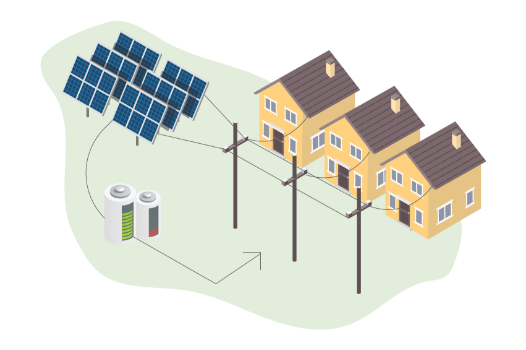
Proposed model
Energy from Newstead’s solar farm is fed into the grid and then to Newstead homes where it’s billed by Flow Power (Renewable Newstead’s partner) offering an electricity price that includes incentives for locals who sign up as customers. Watch our News & Resources page for updates on incentives.
“I believe that renewables must be a major part of our energy budget if our species is to survive. The time to implement is now, while we still have some non-renewables left to do it with. And why Newstead? Well, why not?
Denis Miller
Key benefits of the model
Newstead customers will be able to sign up to receive power directly from the solar farm.
Sign-up is optional. No-one will be forced to switch to the Newstead solar farm energy retailer.
Renewable electricity will be better than bottled gas or wood, providing an alternative in Newstead which does not have piped gas and where wood is becoming increasingly expensive.
